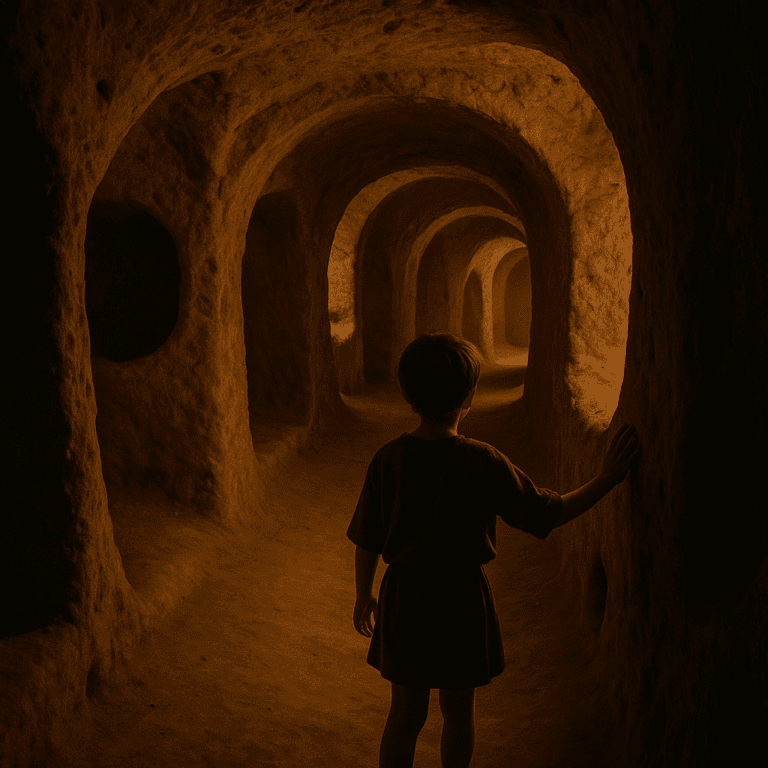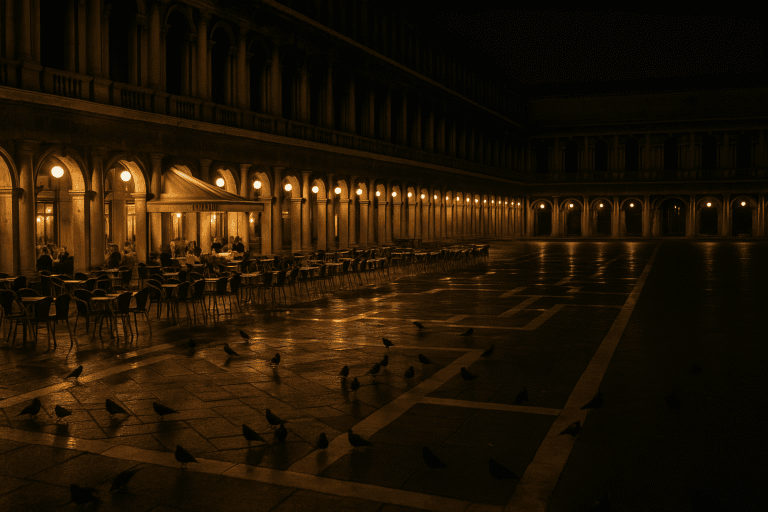Shangri-La: The Frequency of the Lost Paradise

Sound of Shangri-La
Updated · November 2025 — reflections on the timeless valley
A Connection with the Classics
Since childhood, I've felt a deep connection to classic black-and-white films — and perhaps, to the idea of the Sound of Shangri-La.
During my teenage years, I often spent hours in vintage shops, surrounded by dusty books and reels.
Orson Welles amazed me with War of the Worlds; Hitchcock hypnotized me with Psycho and The Birds.
And somewhere between their frames, Audrey Hepburn taught me that elegance and silence can coexist.
The Film That Stays
One story, however, never left me: Lost Horizon (1937).
A plane crash in the Himalayas, a hidden valley beyond snow, a world preserved in harmony — Shangri-La.
A Place Beyond the Maps
High in the Himalayas, beyond the Nepal we know, there is a legendary place: Shangri-La.
Monasteries breathe through clouds; the wind sounds like a mantra.
No coordinates, only the intuition of serenity.
I remember those scenes clearly: the silence after the crash, the snow, the soft light on stone.
In that suspended world, time seems to stop — the true Sound of Shangri-La.
Leaving the Ideal
Yet, the protagonist leaves.
He turns away from stillness toward noise.
As a child, I promised myself I would not.
Years later, I understood: we all leave and return in different ways.
Maybe every journey is a rehearsal to find Shangri-La again.
The Power of Sound
Echoes of that promise still vibrate in Nepal, where Tibetan singing bowls translate silence into resonance.
It isn't music, it's vibration — felt more by the body than by the ear.
When sound becomes present, something within re-aligns.
In that instant of pure resonance, perhaps we touch what stories once called paradise.
Maybe Shangri-La isn't on any map —
it hums quietly inside us, in the deep note of a bowl that reaches the soul while everything else fades.
Discover more journeys where sound meets silence in Travel Themed Series.






